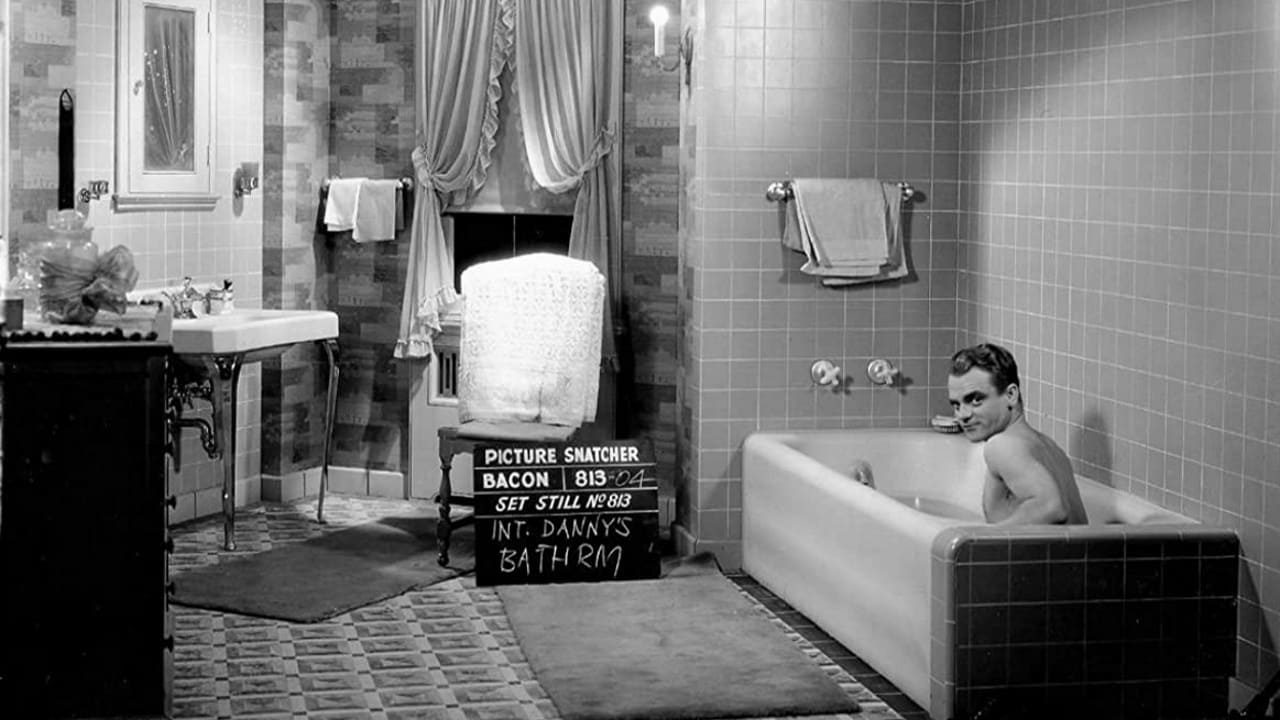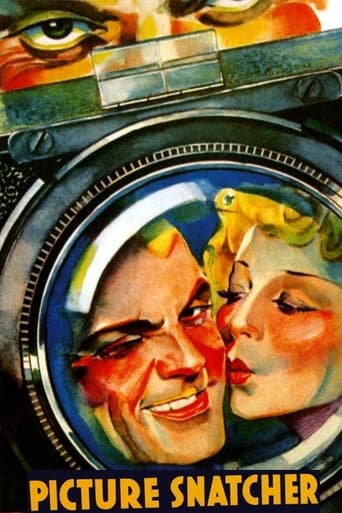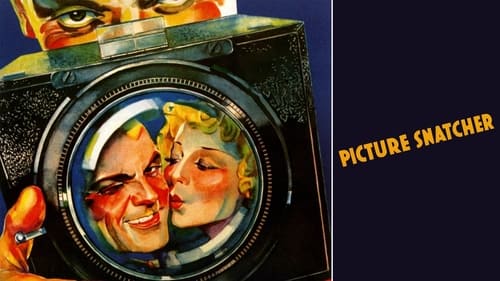


Available on an excellent Warner DVD, this is one of Cagney's best films. It moves fast, it moves fresh and it moves daringly, challenging authority figures and authority stances all the way. The dialogue is brisk and natural, with plenty of wisecracks and lots of daring characterizations. The plot turns are likewise original and natural, and despite their fast-moving pace, are easy to follow. Only in one or two cases, does the character played by Ralph Bellamy spend too much time explaining the score for the benefit of three or four dumb- bells in the audience. Otherwise, it's speed, speed, speed with plenty of changes of scene and unexpected plot developments – all delivered at a super-brisk pace by director Lloyd Bacon, of all people! Until Picture Snatcher came my way I always regarded Bacon as a competent but totally undistinguished craftsman, True, he did direct Cain and Mabel (1936) and that is a terrific movie, but most critics (including stupid me) ascribe its success to Marion Davies – a gal who really knew what she wanted and how to get it!
... View MorePicture Snatcher (1933)A fast, pre-code romp, really fun. Cagney movies are so blazing in general, from his fast talking style and his frenetic body movements, this is terrific. It's not a gangster flick, though there are traces of that (he comes out of jail in the first scene), but it has the trappings of the end of Prohibition and all the fun of the cars and the times.There are a number of interesting characters in addition to Cagney, sassy and chipper and really bright. The plot is crazy, really, with all kinds of rivalries among the thugs, the cops, the newsmen, and the women. There are some terrific newspaper scenes (like the lead typesetting machines, used for love notes by Cagney and his girl), but the title refers to Cagney's turn at being photojournalist. They don't show him in action much, but there is a key scene where he photographs a woman being killed in the electric chair. And he does it the same way the same kind of picture was taken in 1928 of Ruth Snyder at Sing Sing, the camera hidden on the photographer's calf, and the pant leg lifted at the time of the electrocution. The camera appears to be an American made Ansco, a slightly cruder version of the new small Leica style miniature camera hitting the market in the late 1920s.But in fact photography plays a small role here. This is a movie about Cagney being his frenetic best, and that's what makes it great. I would say don't miss it. It's sweet, sassy, fun, and surprising.
... View MoreThis is the iconic Jimmy Cagney of 1933, the one the impressionists used to imitate. He whirls around, dances from place to place, shrugs, gestures flamboyantly, tilts his fedora at a rakish angle, clips guys on the jaw, throws women around, speaks like a machine gun and spouts wisecracks like a gusher of oil. "Yeah, yeah. Sure, you're my pal. I'm gonna letchu have it foist." He rarely got credit for his range as an actor, either in dramatic roles, as in "The Gallant Hours", or comic, as in "What Price Glory?" Recently sprung from Sing Sing, Cagney worms his way into the job as a photographer for a tabloid newspaper in New York. He accomplishes this by visiting a grief-stricken fireman who has holed up with a shotgun, then stealing the man's wedding picture from the wall. That's the wall over the bed in which the fireman's wife was found with her lover, both dead.The photo is published and Cagney gets a raise, although in fact his taking the photo from the man's home was an illegal act. The picture doesn't need to be copyrighted or anything. It's the personal property of the bereaved fireman, just like his chair or his five-dollar bill. I'd like to get into this issue further but I'm forbidden to do so by legal discretion, common sense, and total ignorance.Cagney's pal on the paper is the alcoholic newsman Ralph Bellamy, ashamed of himself for working on such a rag, chasing scandals.There is a romance thrown in between Cagney and the daughter of a police lieutenant. The cop hates Cagney, an ex jailbird, figuring he's not good enough for a daughter who is going to college. (Going to college was hardly taken for granted in the depths of the Great Depression.) Cagney wiggles and fast-talks his way out of one tight spot after another and winds up with the high-class dame. Bellamy quits boozing it up. After witnessing a spectacular shoot out, the two of them get respectable jobs at a respectable newspaper.There is more than one improbability in the plot but before you can say, "Wait a minute!", the story has zipped along and you've forgotten what your objection was. What a tempo! Not a moment of screen time is wasted. Something that propels the story is always going on.It's undemanding fluff. An experienced hack at Warner Brothers could have rattled off this script in the time it took to type it. But it's diverting fluff. The plot may not be exactly compelling but Cagney is. You can't take your eyes off the guy. Neither can the women. Alice White keeps throwing herself at him, kissing and mauling his face. It happens to me all the time but it's a little demanding on our suspension of disbelief because, after all, Cagney was no matinée idol and was shorter than I am. I wouldn't buy the DVD but I enjoyed watching the flick.
... View MoreFrantic, fast-paced film of ex-con Cagney getting a job at a local scandal sheet working for Bellamy and producing exclusive photographs for the paper. First he poses as an insurance adjuster to steal a photo, then through chicanery he manages to obtain a forbidden photo of a woman in the electric chair. Satisfying story conclusion has Cagney getting the girl and Bellamy playing the chump--again.This film moves like lightning, guided along by Cagney's seemingly inexhaustible energy. Lots of snappy dialog, great acting, and fine direction make this quite a little gem. Great 1930s feel, and watch quickly for Sterling Holloway (wearing outrageous glasses!) as a journalism student. Highly recommended.
... View More